When it comes to decorating a living room, choosing two complementary colors can simplify decision-making while delivering a cohesive, stylish space. Two-color schemes allow you to balance visual interest and harmony: one hue takes center stage on walls, furniture, or large rugs, while the other plays an accent role in pillows, throws, artwork, or smaller furnishings. Designers frequently recommend grounding a bold choice with a neutral or pairing high-contrast shades for maximum impact. Whether you favor timeless neutrals punctuated by jewel-tone accents or dynamic complementary pairs drawn from the color wheel, these curated combinations—each illustrated here with sources and real-world examples—will inspire you to create a living room that feels both intentional and inviting.
1. Emerald Green & Gold
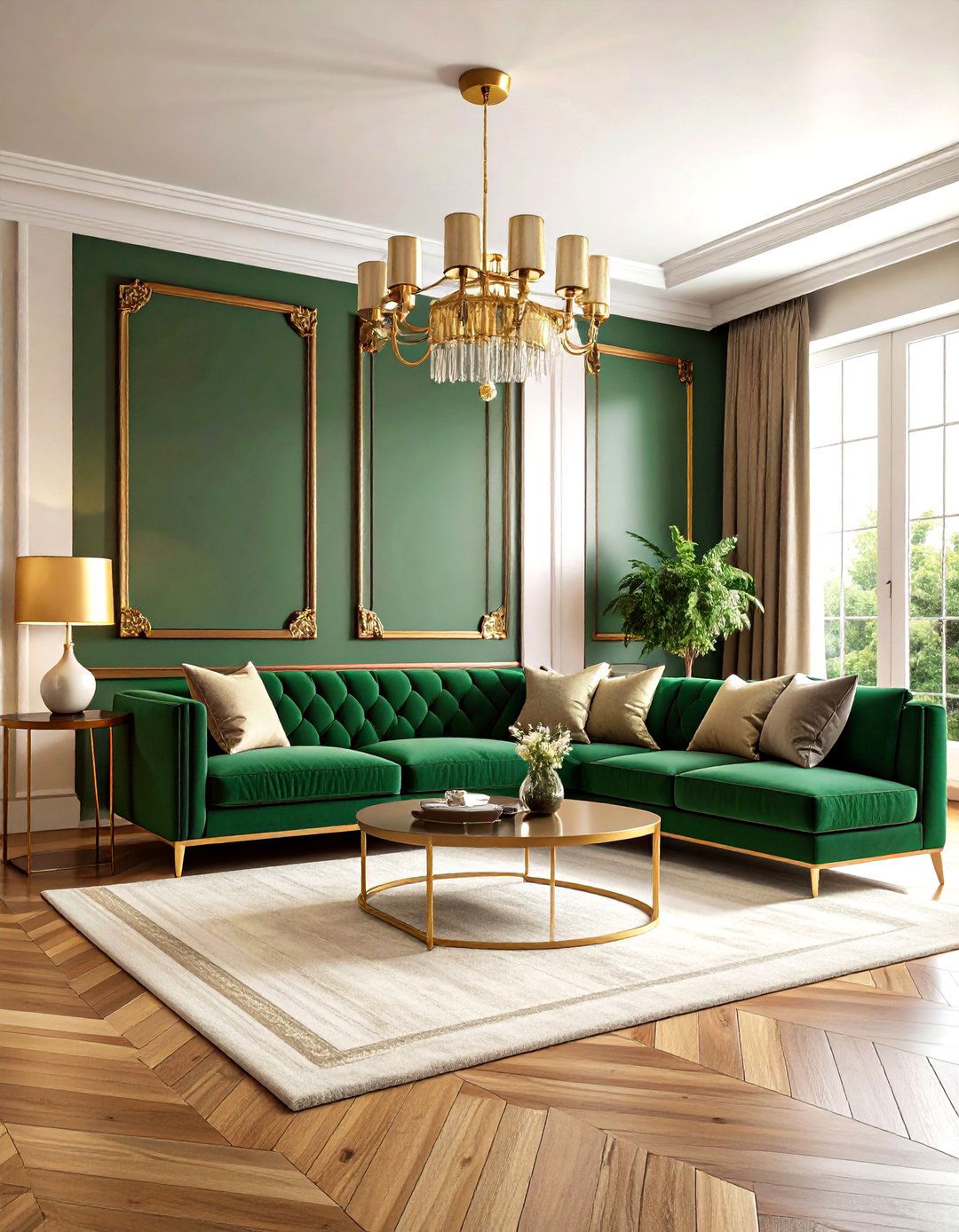
Embrace sophisticated glamour by pairing a rich emerald-green sofa or accent wall with metallic gold accents in lighting fixtures, side tables, or picture frames. Emerald green channels luxury and depth, while gold brings warmth and reflective sparkle, elevating the overall aesthetic. To keep the look balanced, use the 60-30-10 rule: about 60% green (e.g., walls or large upholstery), 30% neutral elements (like a cream rug or wood tones), and 10% gold touches to draw the eye.
2. Beige & Blue
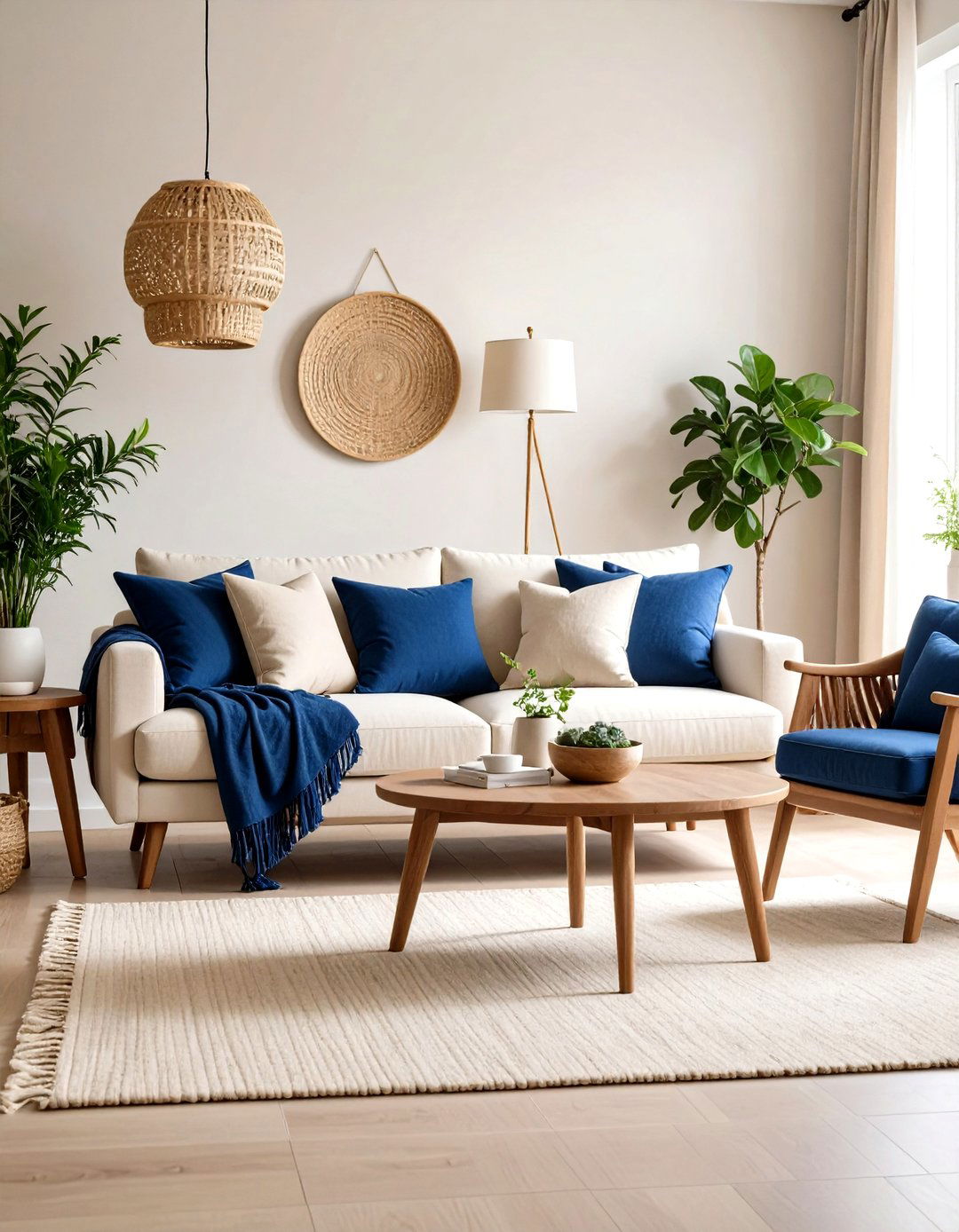
Beige provides a warm, versatile backdrop that pairs beautifully with various blues—from soft denim to deep navy. A beige main palette (walls, sofa, or curtains) feels cozy and neutral, while blue accents in throw pillows, artwork, or an area rug introduce cool contrast and a sense of calm. Designers often recommend this combination for its ability to suit both traditional and coastal styles, ensuring a serene yet engaging living area.
3. Gray & Yellow
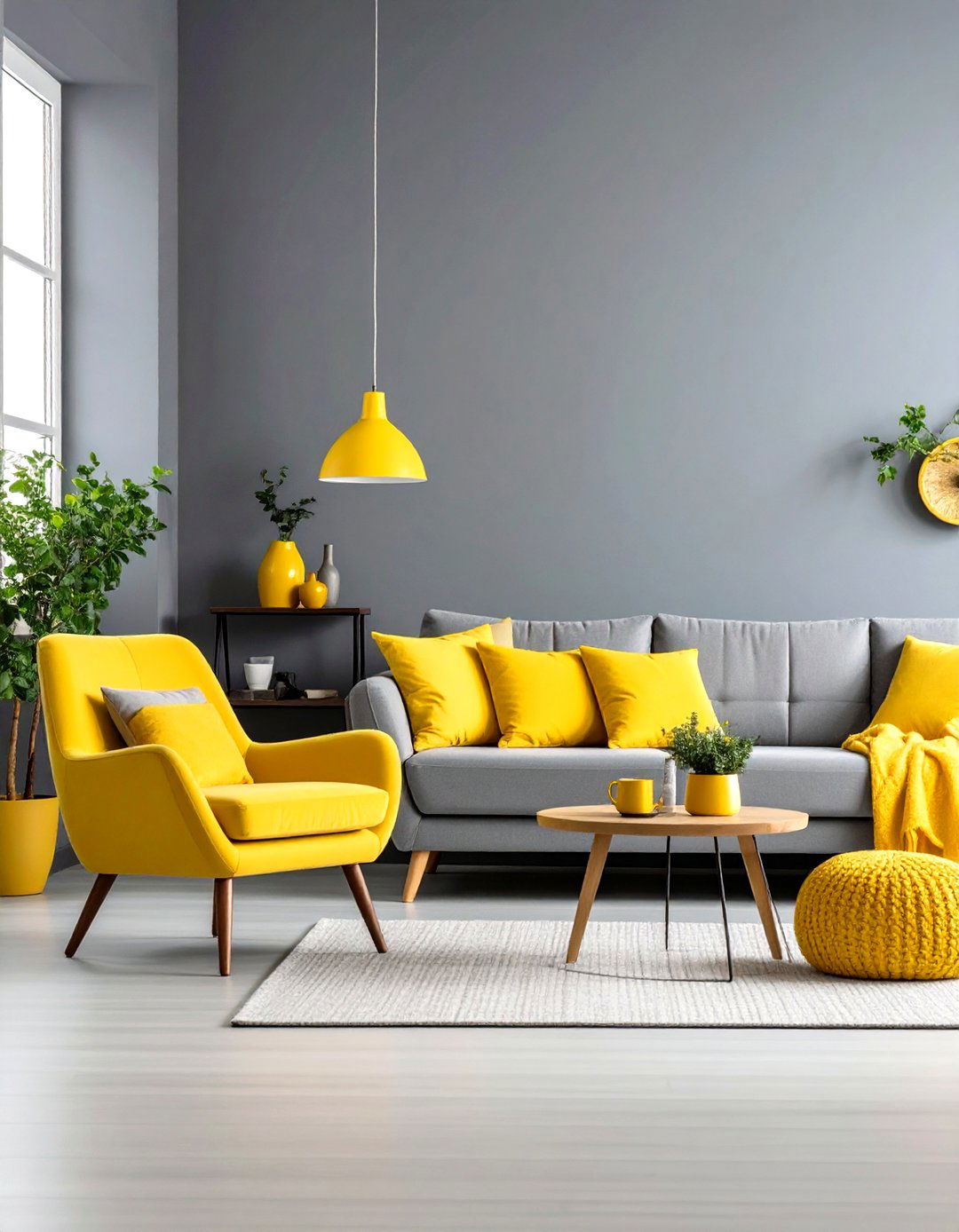
Combining a calming gray with energetic yellow captures the perfect balance of tranquility and cheer. Medium-tone gray on walls or larger furniture pieces grounds the space, while sunny yellow in accent chairs, cushions, or decorative objects provides pops of optimism. Experiment with varying yellow shades—mustard for a vintage vibe or lemon for a fresher feel—to fine-tune the mood of your living room.
4. Teal & Mustard
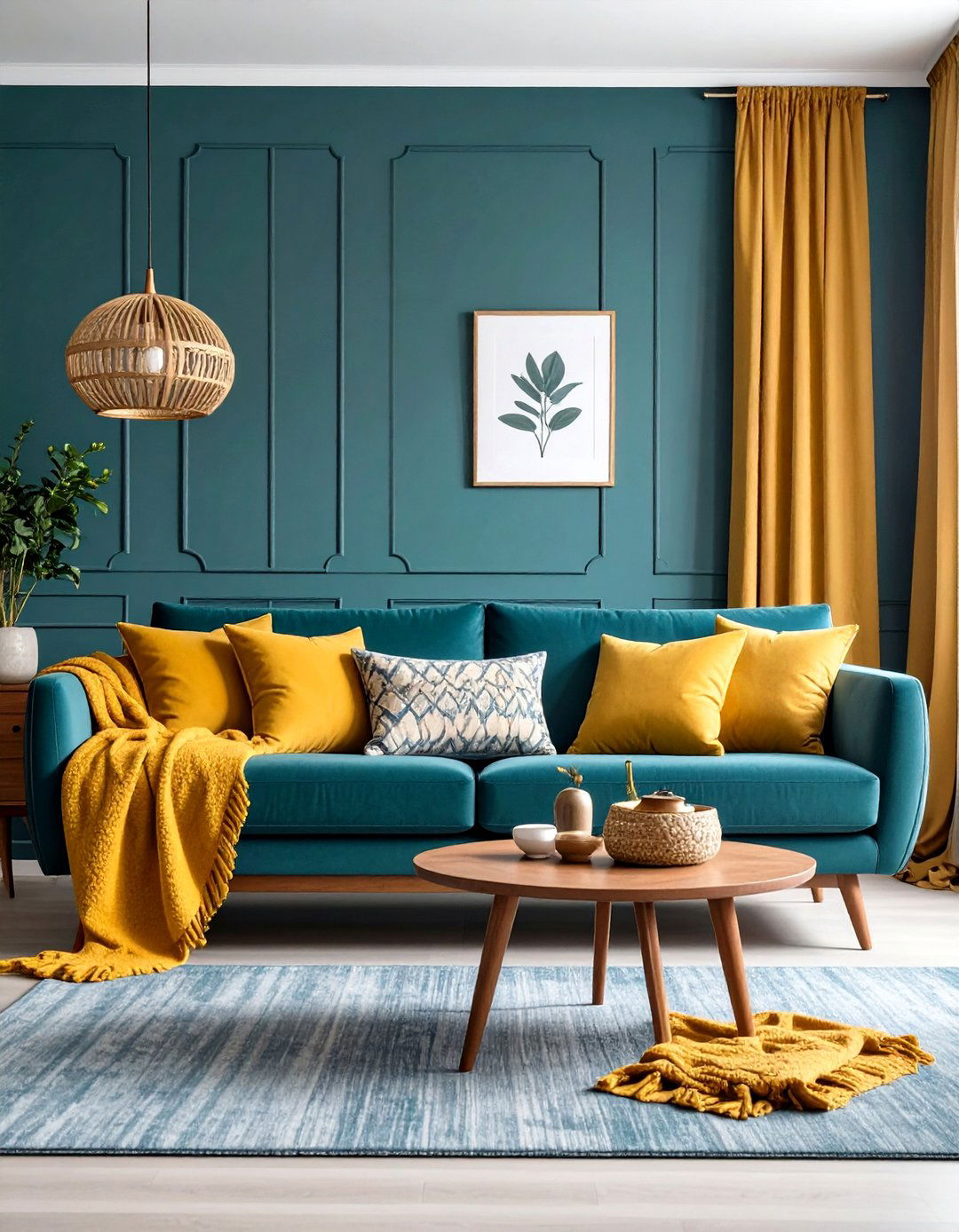
Deep teal and muted mustard create a rich, retro-inspired palette. Teal upholstery or a painted accent wall lends sophistication, while mustard accents—think throw blankets, pillows, or a statement armchair—add warmth and visual energy. This pairing works especially well with mid-century modern furnishings and natural wood elements, making it simultaneously bold and inviting.
5. Black & White
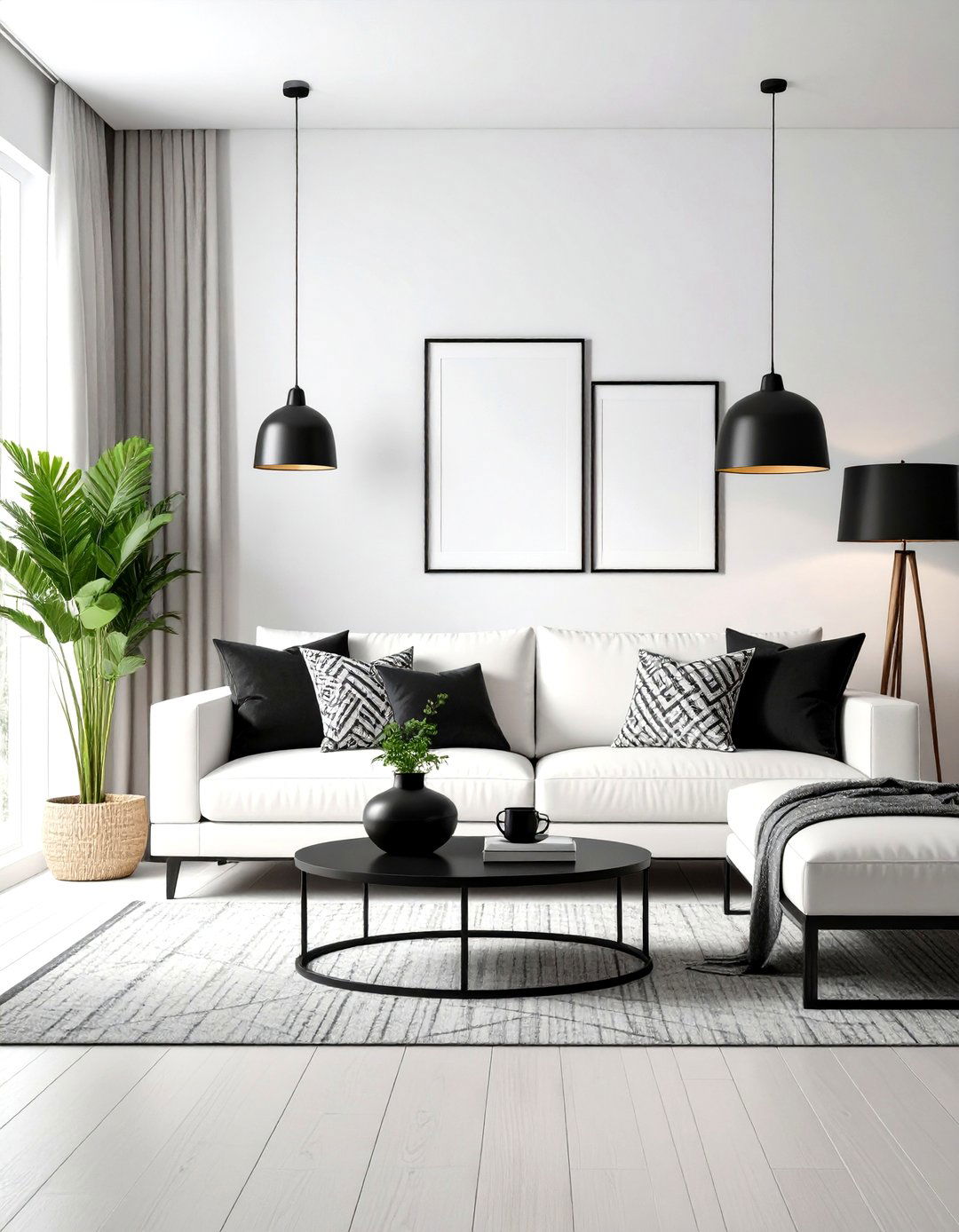
A classic high-contrast combination, black and white creates an instantly modern, graphic look. Use predominantly white walls and large pieces (sofa, rug) as a clean canvas, then layer in black through accent furniture, frames, trim, or patterned textiles. This strict two-tone scheme never goes out of style and suits minimalist, contemporary, or even art-gallery-inspired interiors.
6. Pale Green & Bubblegum Pink
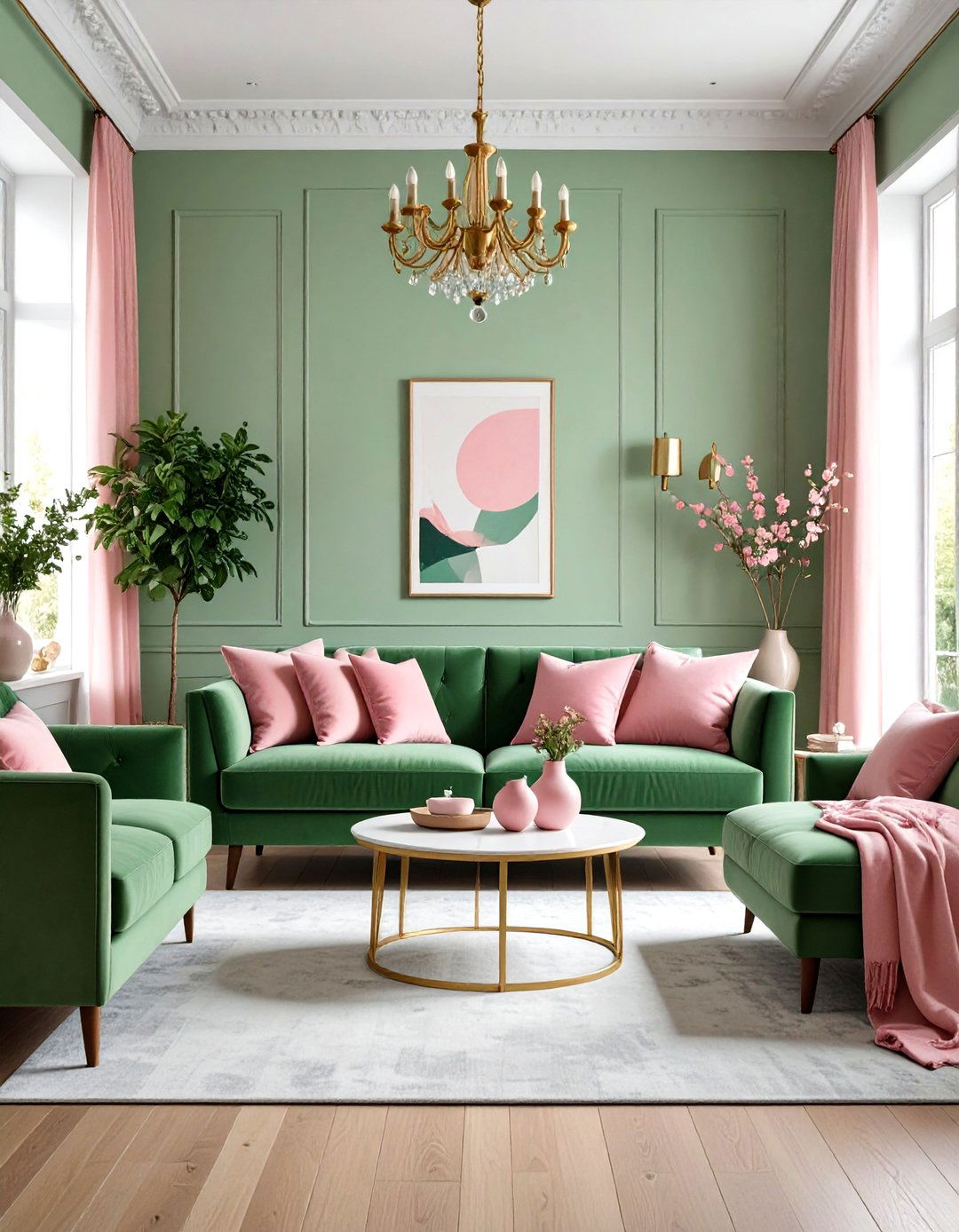
For a playful yet refined living room, pair a soft, leafy green with a cheerful bubblegum pink. Pale green on walls or upholstered pieces feels fresh and airy, while pink accents in throw cushions, vases, or artwork add a youthful pop. The contrast between these subtle pastels creates visual interest without overwhelming the space.
7. Pink & Gray
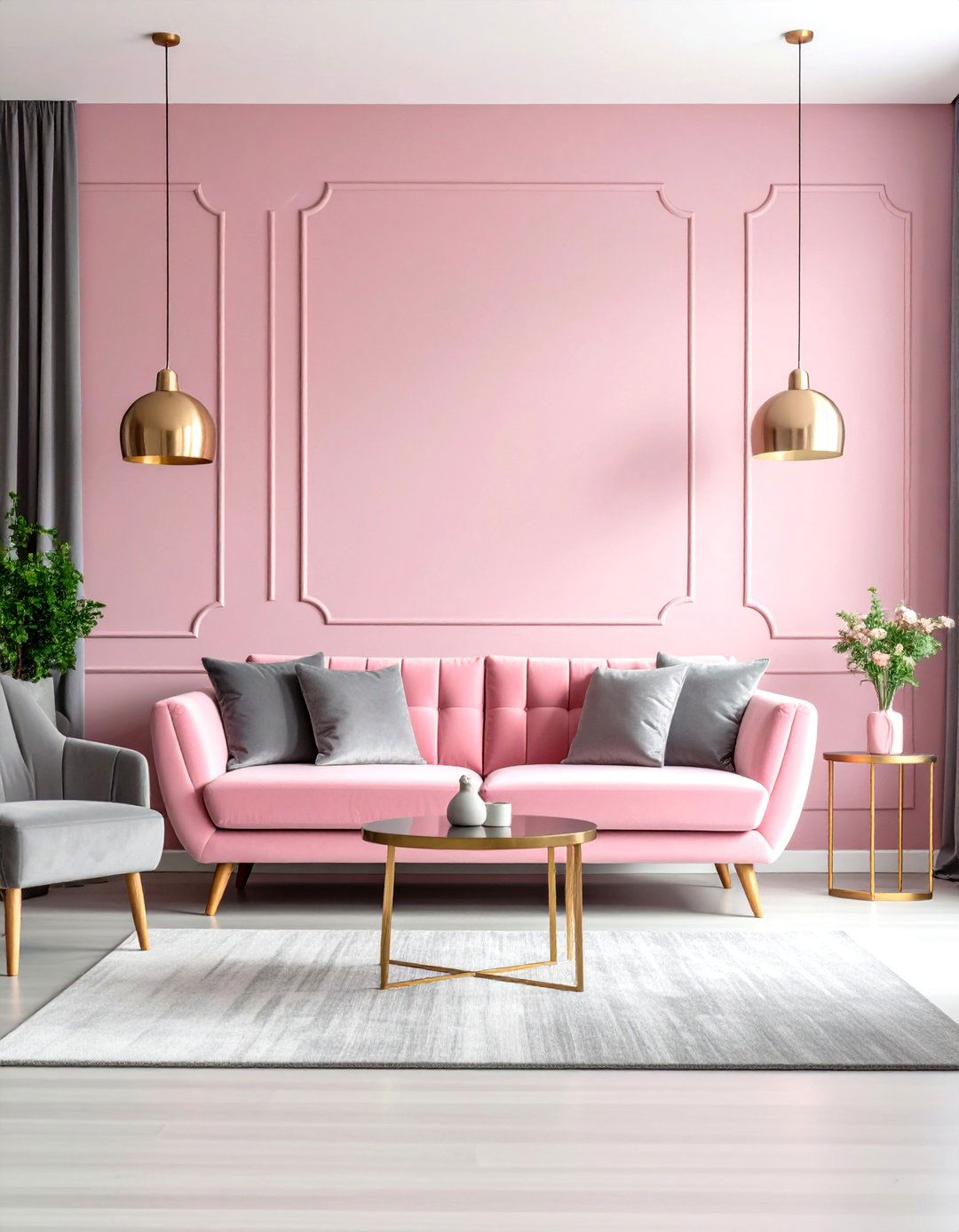
Pink and gray offer a feminine-meets-sophisticated aesthetic. Pale pink walls or a velvet sofa paired with medium-gray textiles and furniture strikes a harmonious tone. Layer textures—velvet cushions, boucle throws, metallic lamps—to keep the palette from feeling flat, and adjust pink’s intensity (from blush to dusty rose) based on how bold you dare to go.
8. Coral & Navy
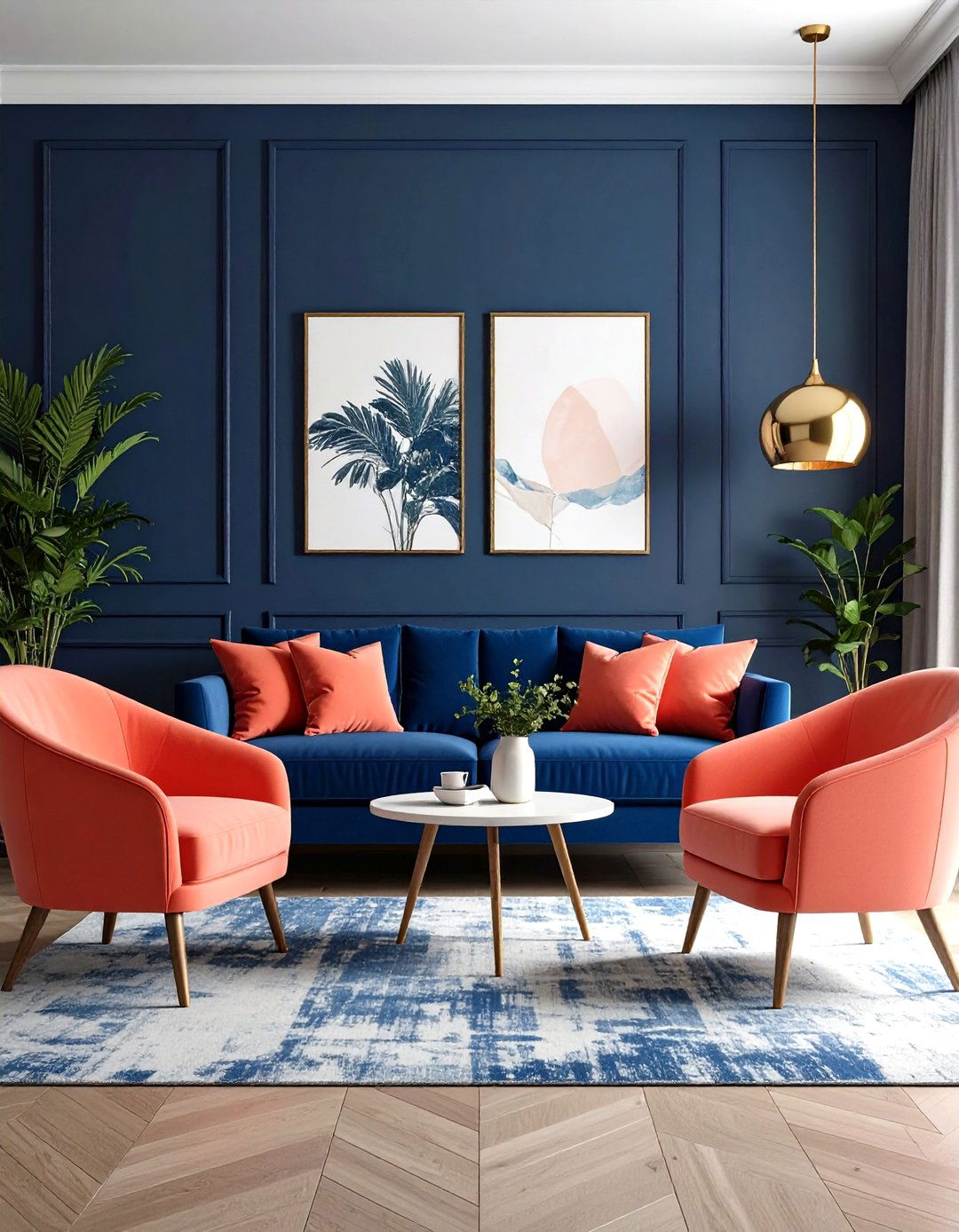
Coral brings vibrancy, while navy grounds the palette with depth. Use navy on larger elements like a feature wall, sofa, or cabinetry, then introduce coral through accent chairs, cushions, or artwork. This seaside-inspired pairing feels both energetic and elegant, perfect for creating a statement living room that still feels balanced.
9. Chocolate Brown & Cobalt Blue

Earthy chocolate brown and vivid cobalt blue create a warm-yet-dramatic contrast. Brown leather sofas or wooden furniture provide a rich, grounding base, while cobalt-blue pillows, rugs, or drapery inject brightness and modern flair. This duo evokes a luxe, clubby vibe that's polished yet cozy.
10. Lavender & Cream
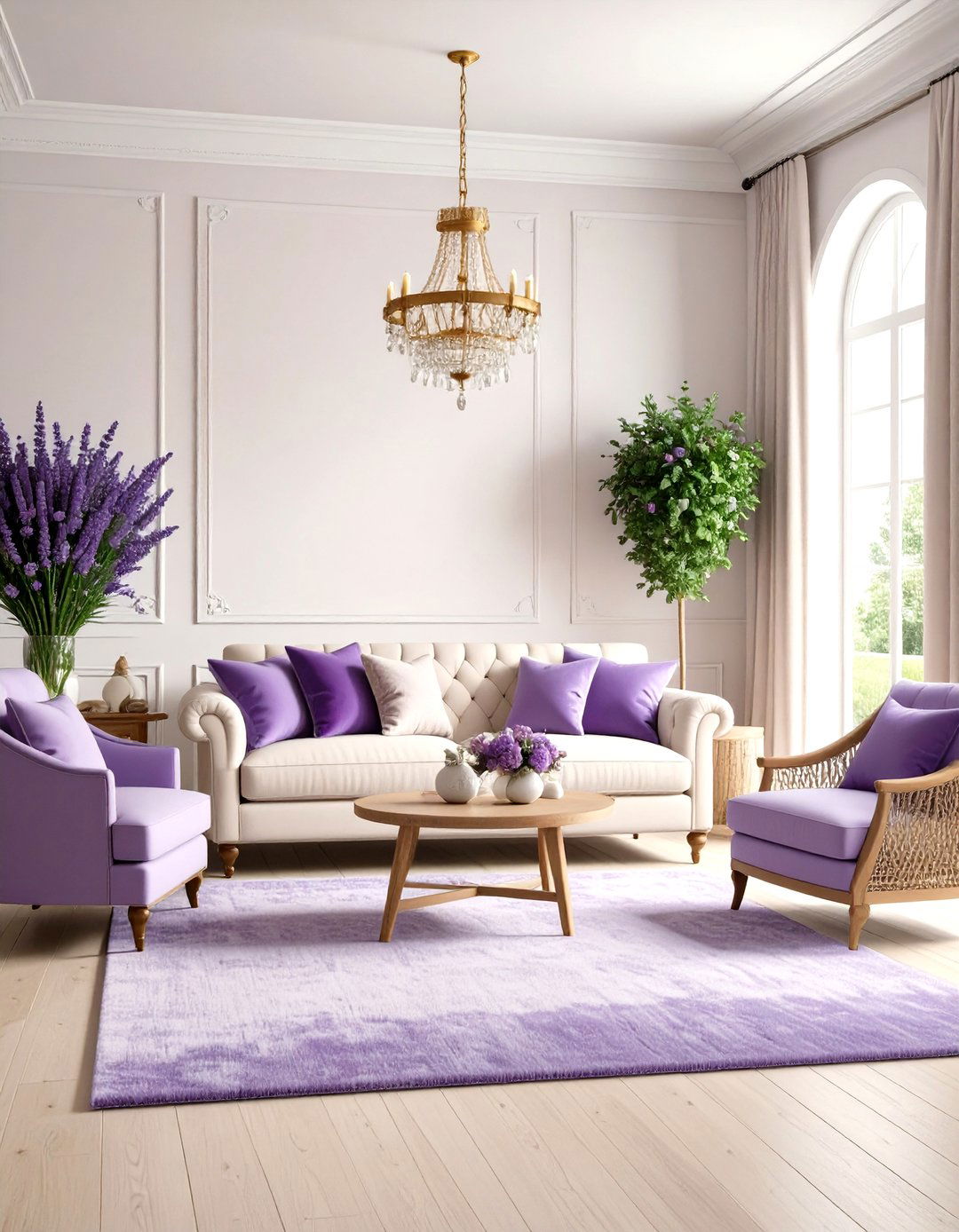
Lavender’s gentle purplish hue pairs gracefully with cream to evoke a tranquil, romantic atmosphere. Cream walls or large furnishings establish an inviting neutral foundation, while lavender accents in textiles or décor bring a subtle, soothing color lift. Ideal for a living room that doubles as a serene retreat.
11. Soft Blue & Ivory
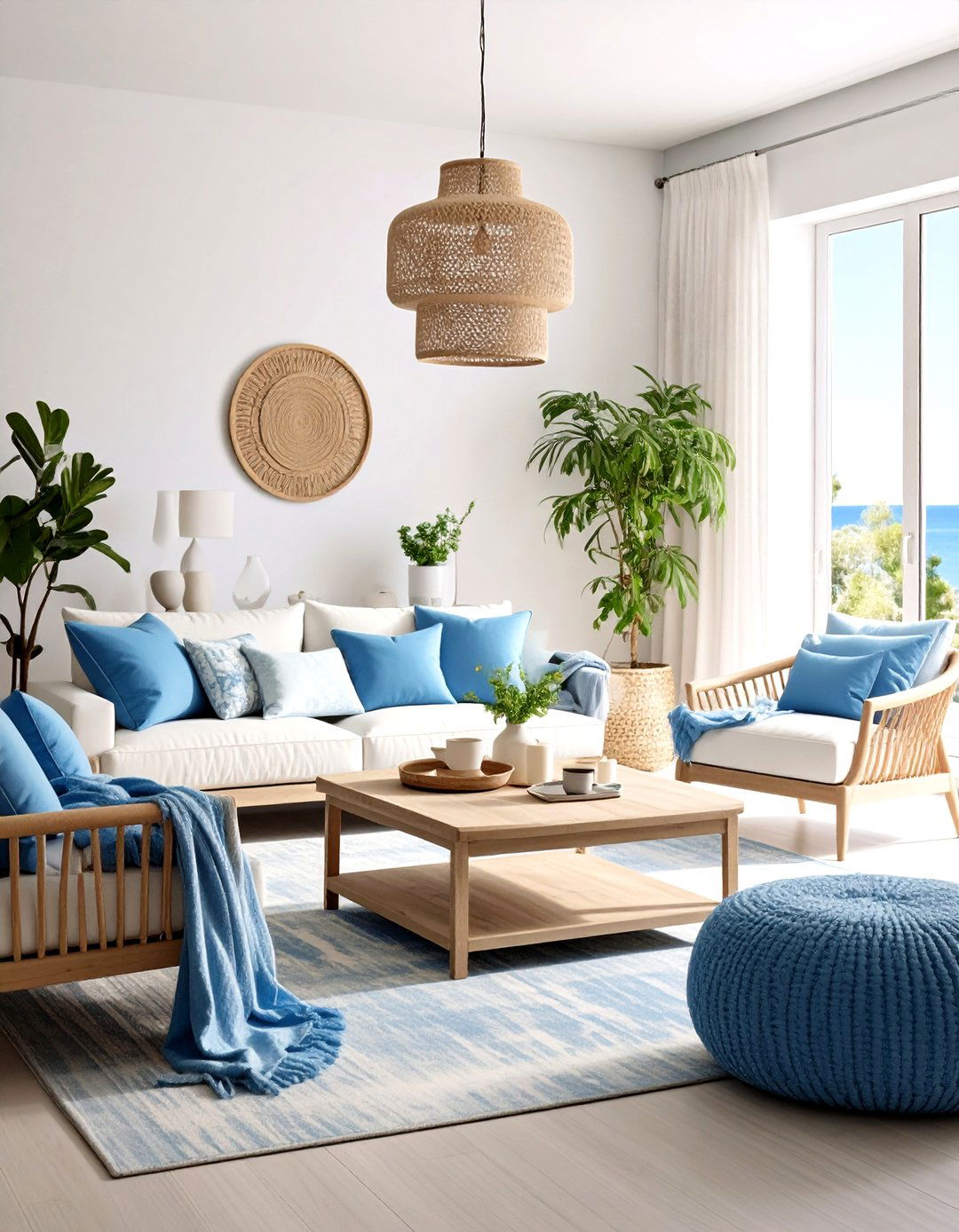
Soft, muted blue—think gray-blue or sky blue—against crisp ivory creates a serene, coastal-inspired space. Ivory walls or upholstery allow blue accent pieces (pillows, throws, artwork) to shine without overwhelming. This combination brings gentle contrast and a fresh, breezy feel to any living area.
12. Green & Magenta
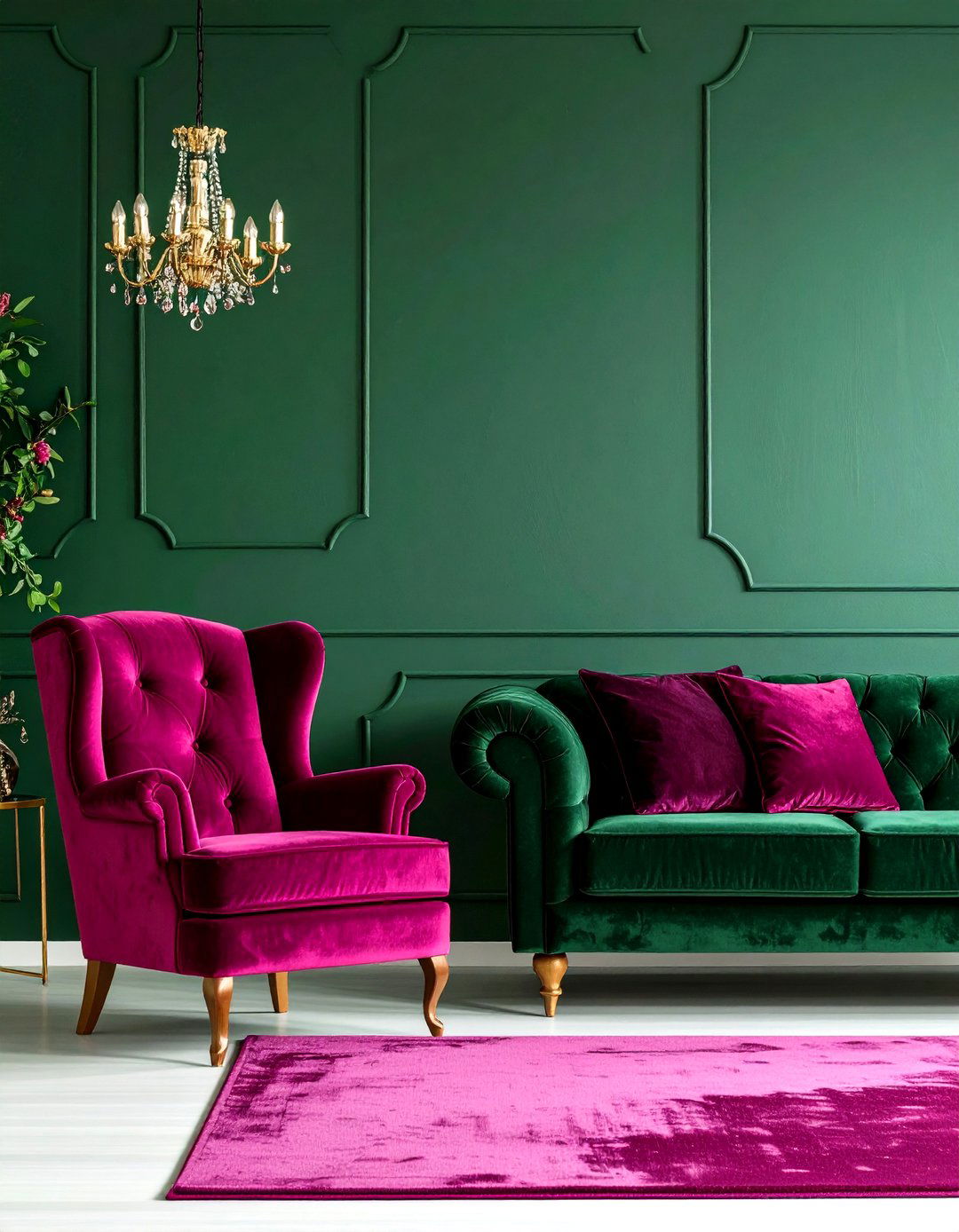
Drawing on modern color theory, green and magenta are complementary opposites (green–magenta pair in CMY model), offering maximum contrast. Use deep forest green on large areas (wall, sofa) balanced by magenta accents—think velvet cushions, decorative objects, or a statement chair—to achieve a bold, dynamic look.
13. Blue & Yellow

A timeless complementary pair (blue–yellow in RGB additive model), blue walls or upholstery feel cool and calming, while sunny yellow accents energize the space. This combination works in everything from Scandinavian-inspired to eclectic living rooms—just balance the ratio to suit your style.
14. Red & Cyan
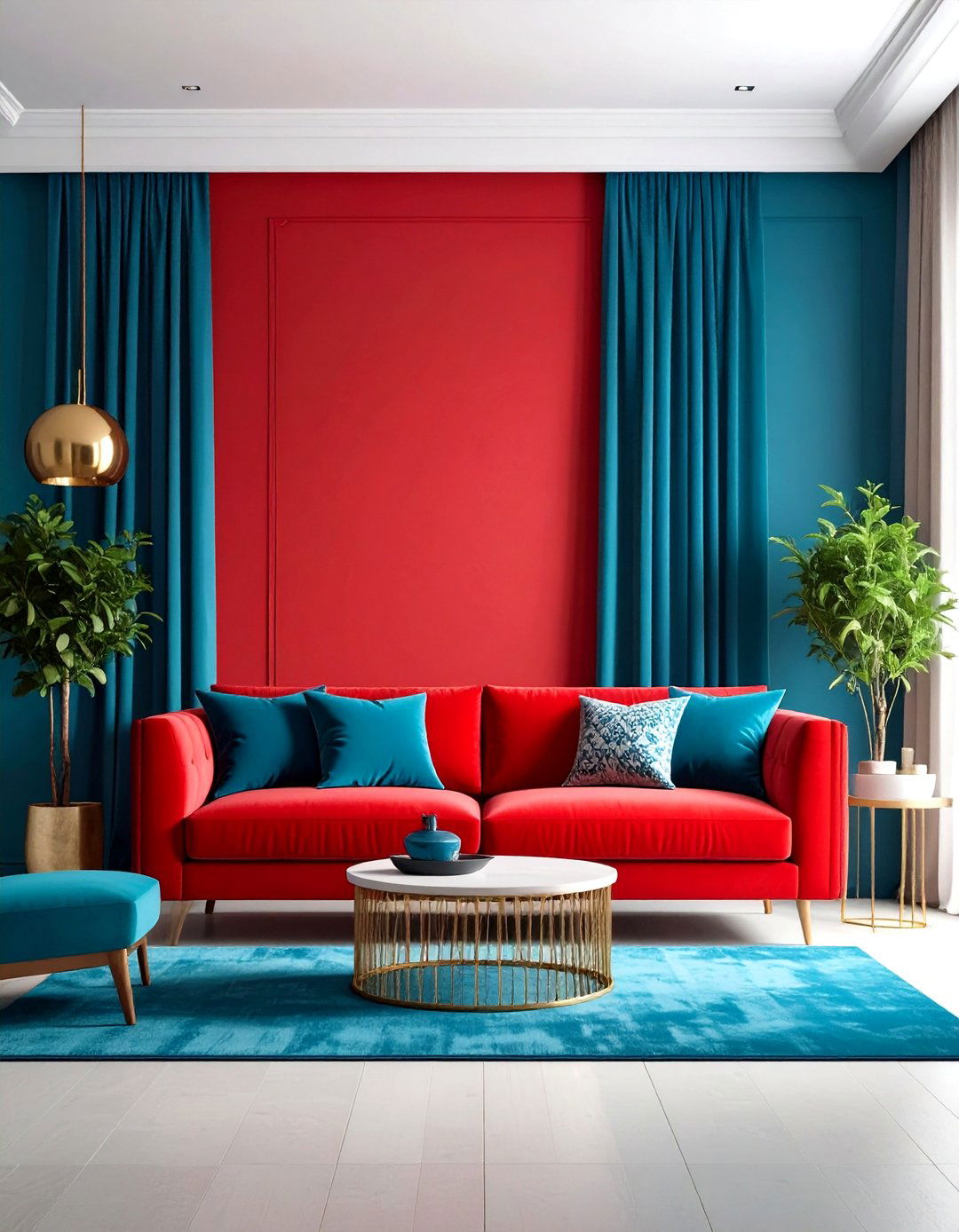
According to modern color theory, red and cyan are direct complements, creating vivid contrast. A red accent wall or sofa can be tempered by cyan accessories—pillows, a rug, or curtains—to deliver a contemporary, high-impact design.
15. Green & Magenta (RYB Variant)

In the traditional RYB model, green and magenta (purple) complement each other. Opt for olive-green walls with magenta accent pieces—cushions or art—to blend classic color theory with a modern twist.
16. Blue & Orange
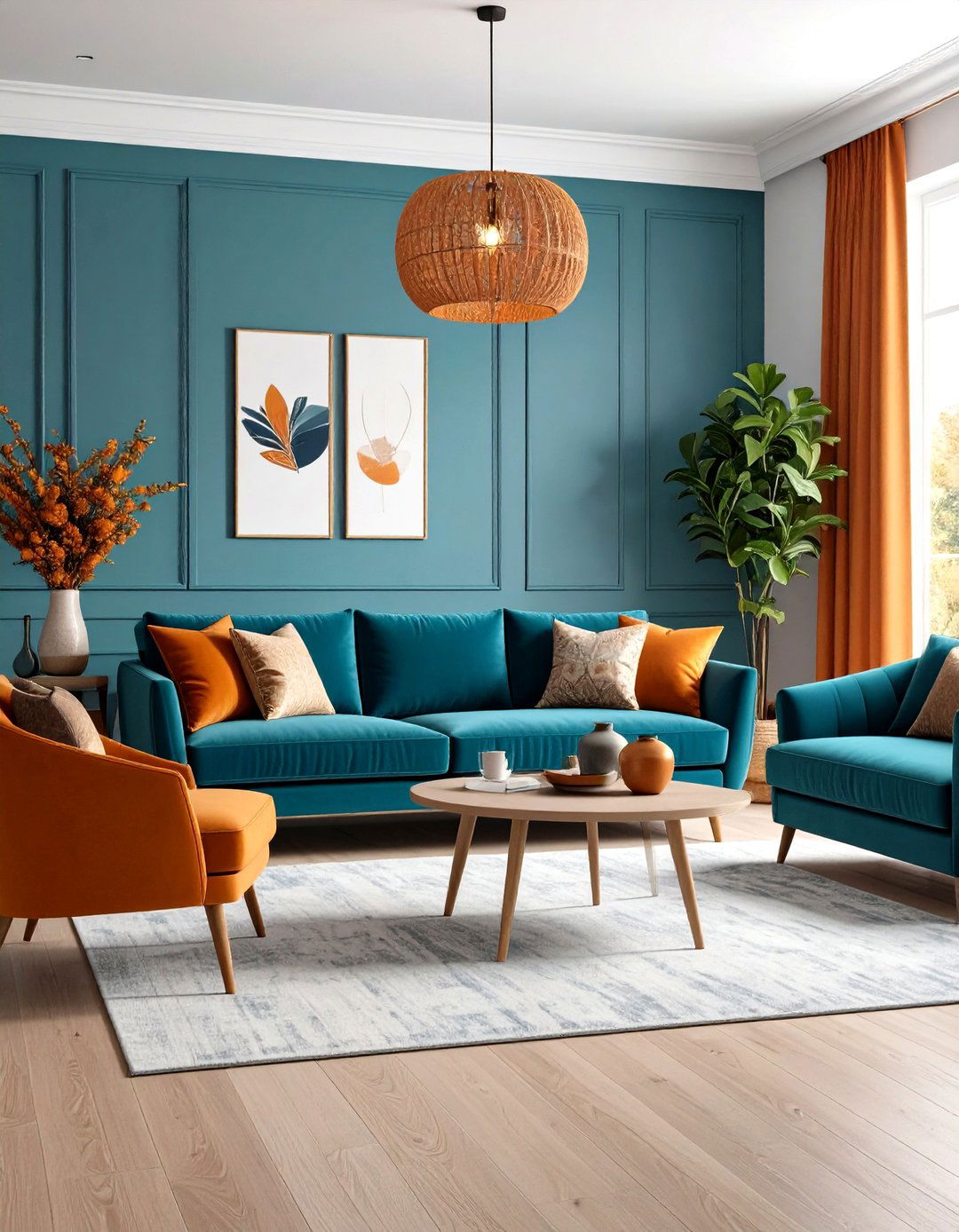
Blue–orange is another power pairing from both RYB and modern models. Navy or teal with burnt-orange accents strikes a sophisticated, autumnal note, making the room feel warm yet energetic.
17. Yellow & Purple
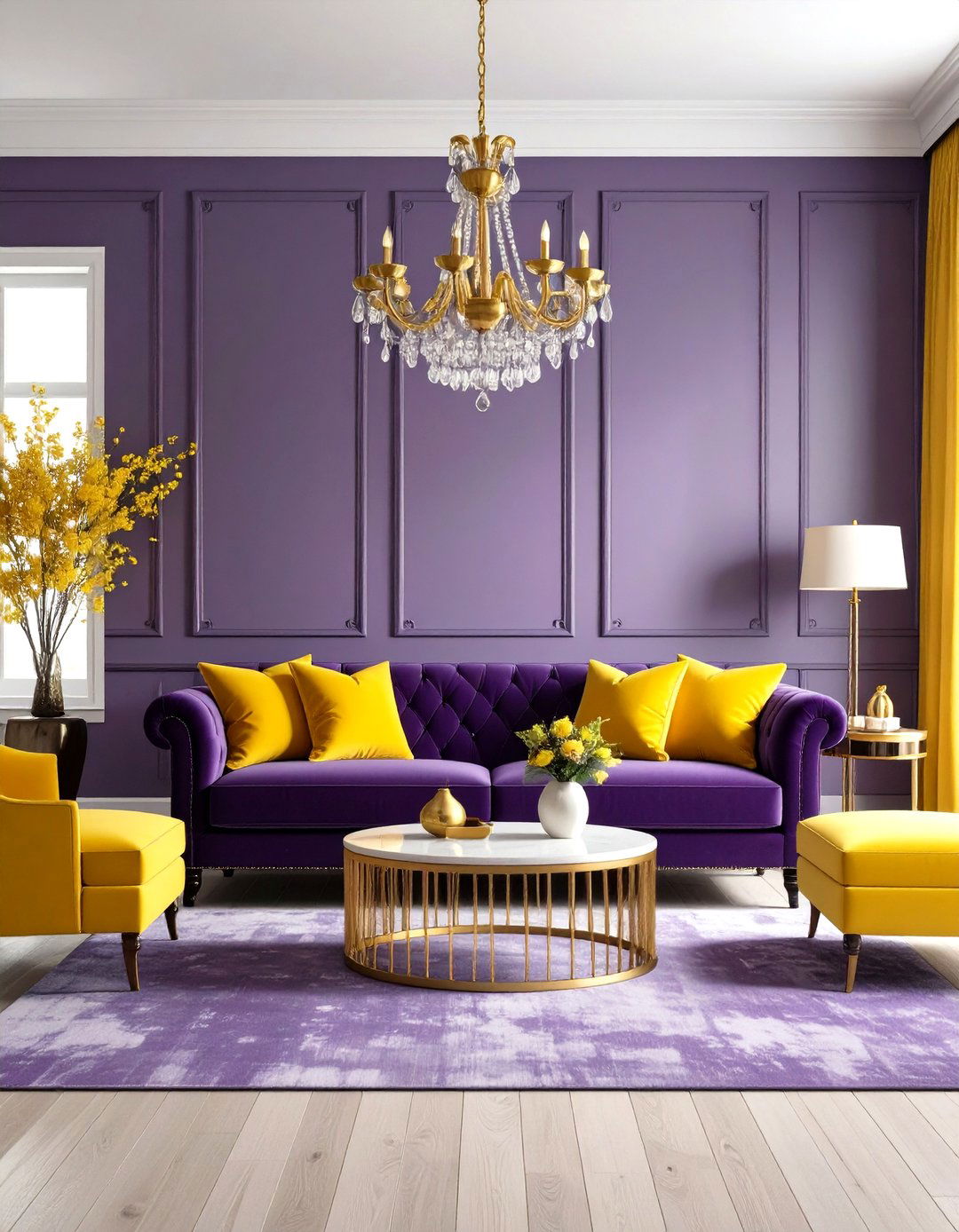
Yellow and purple (violet) are opposites on the traditional wheel. Use a muted eggplant purple backdrop with golden-yellow accents for a regal, dramatic interior that still feels balanced.
18. Red & Green
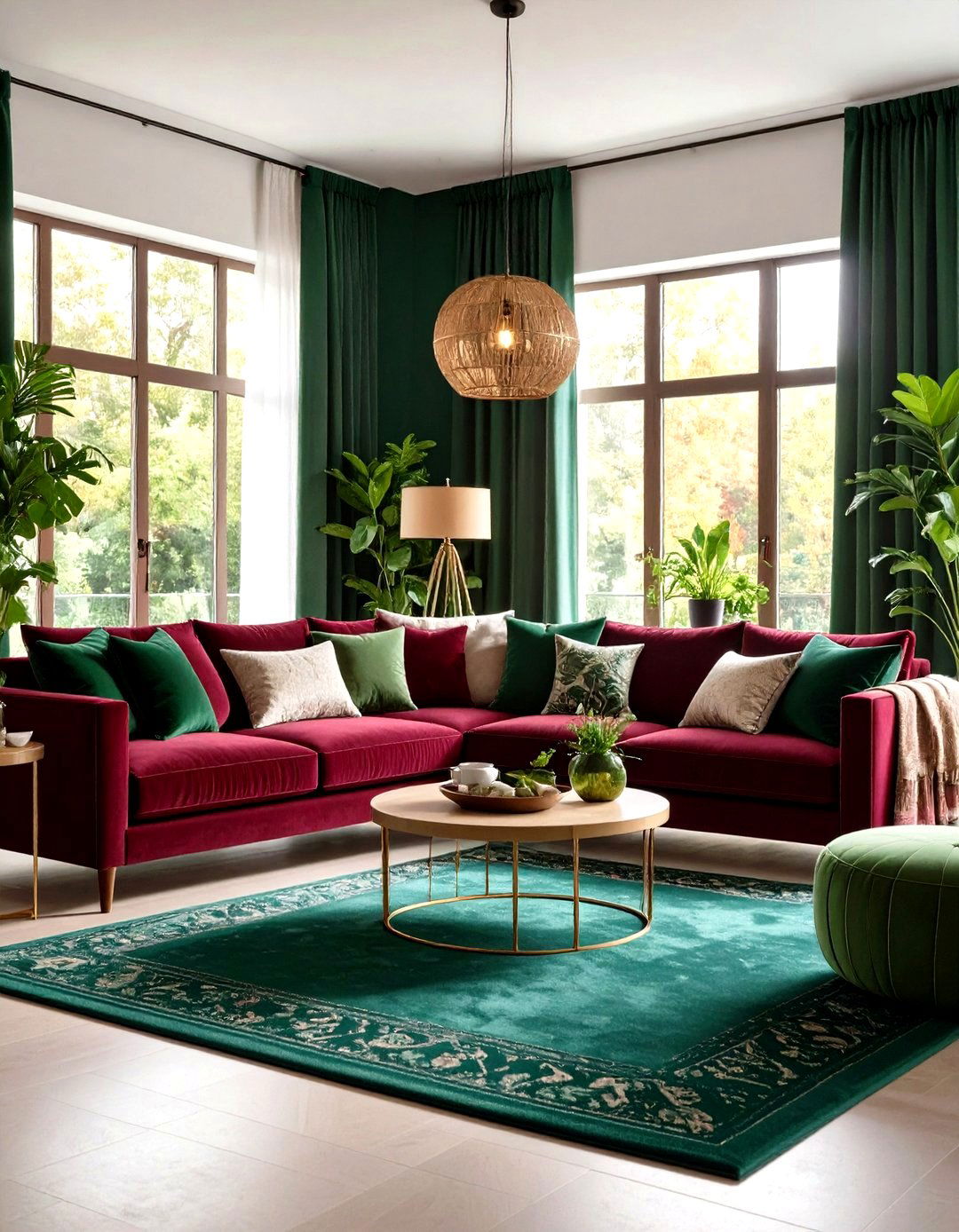
Though often associated with holidays, a deep burgundy and forest green combination can be elegant year-round. Burgundy upholstery paired with green cushions or rugs creates a rich, botanical vibe.
19. Cyan & Magenta
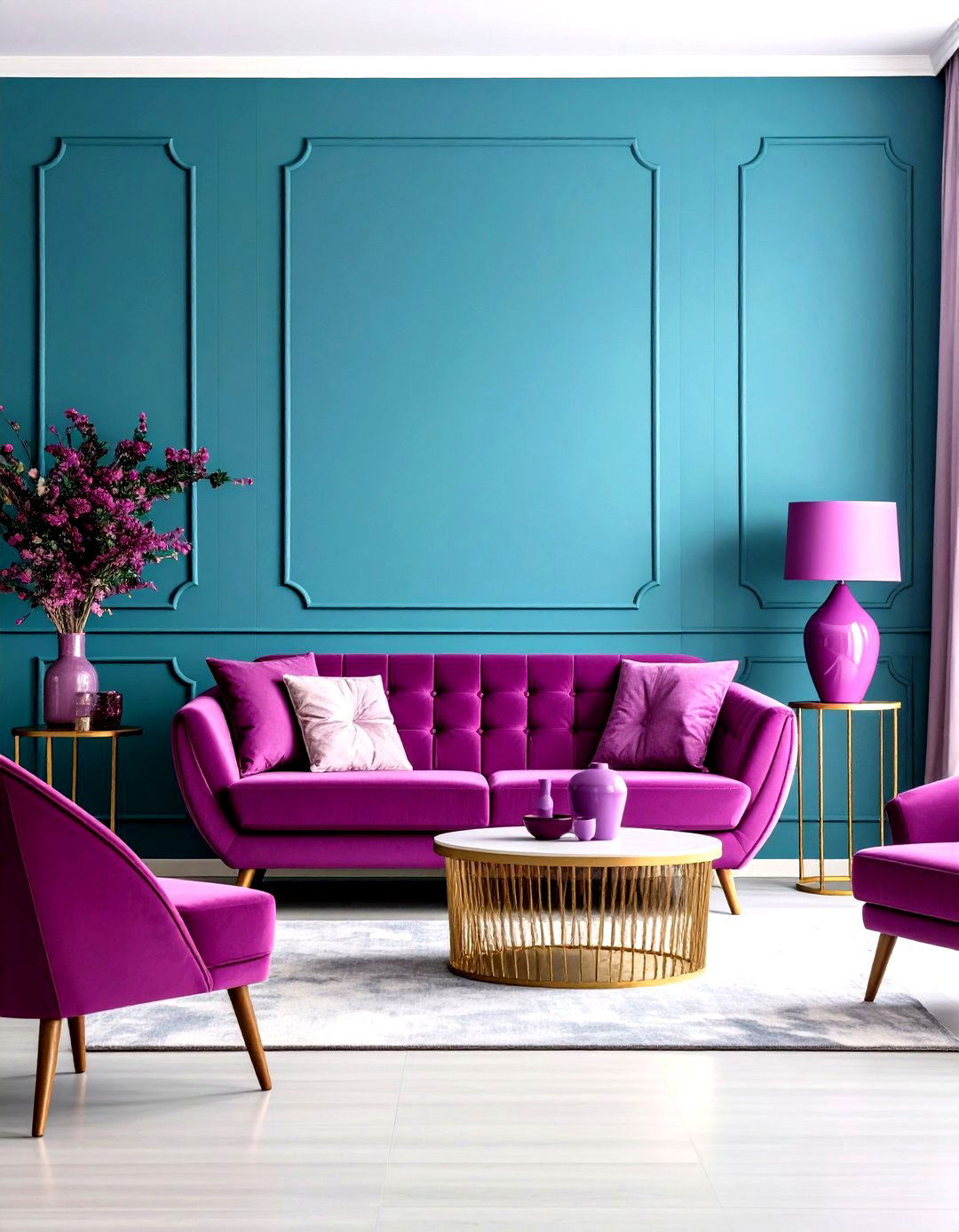
In CMY theory, cyan and magenta complement perfectly. Cyan walls accentuated by magenta décor pieces—vases, artworks, pillows—yield a modern, graphic look.
20. Purple & Orange

Purple and orange (analogous to yellow–purple via modern or RYB) create a vibrant, sunset-inspired palette. A muted plum sofa with burnt-orange accents feels warm and inviting, ideal for a lively living room.
Conclusion:
Two-color schemes offer a clear framework for decorating a living room—one dominant hue sets the mood, while the accent color provides contrast and interest. From classic neutrals enlivened by jewel tones (emerald & gold, beige & blue) to dynamic complementary pairs drawn from color theory (blue & orange, red & cyan), these combinations demonstrate how thoughtfully chosen colors can transform a space. By applying principles like the 60-30-10 rule, balancing bold and neutral shades, and considering the color wheel’s complementary relationships, you can craft a living room that feels harmonious, expressive, and uniquely yours.


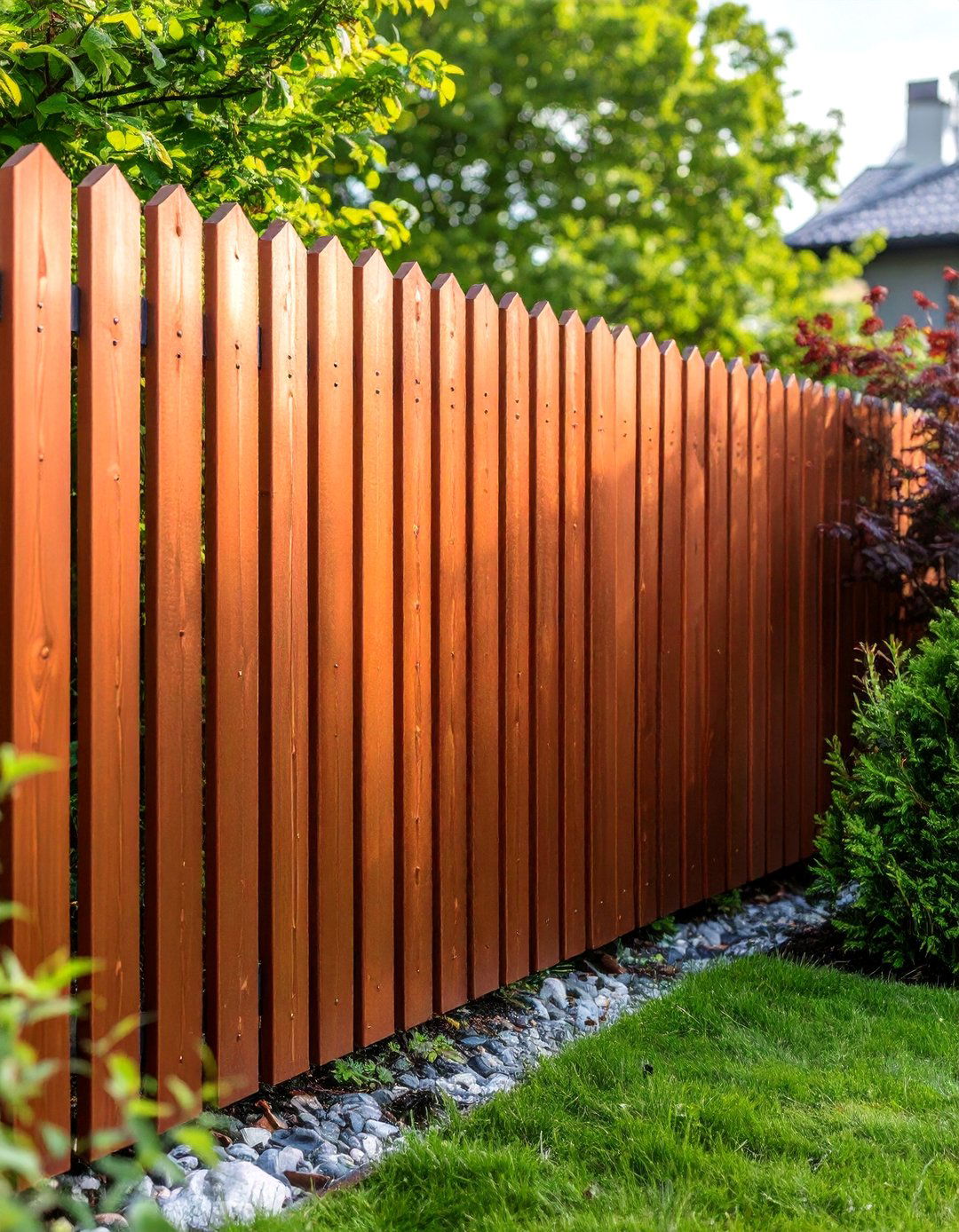
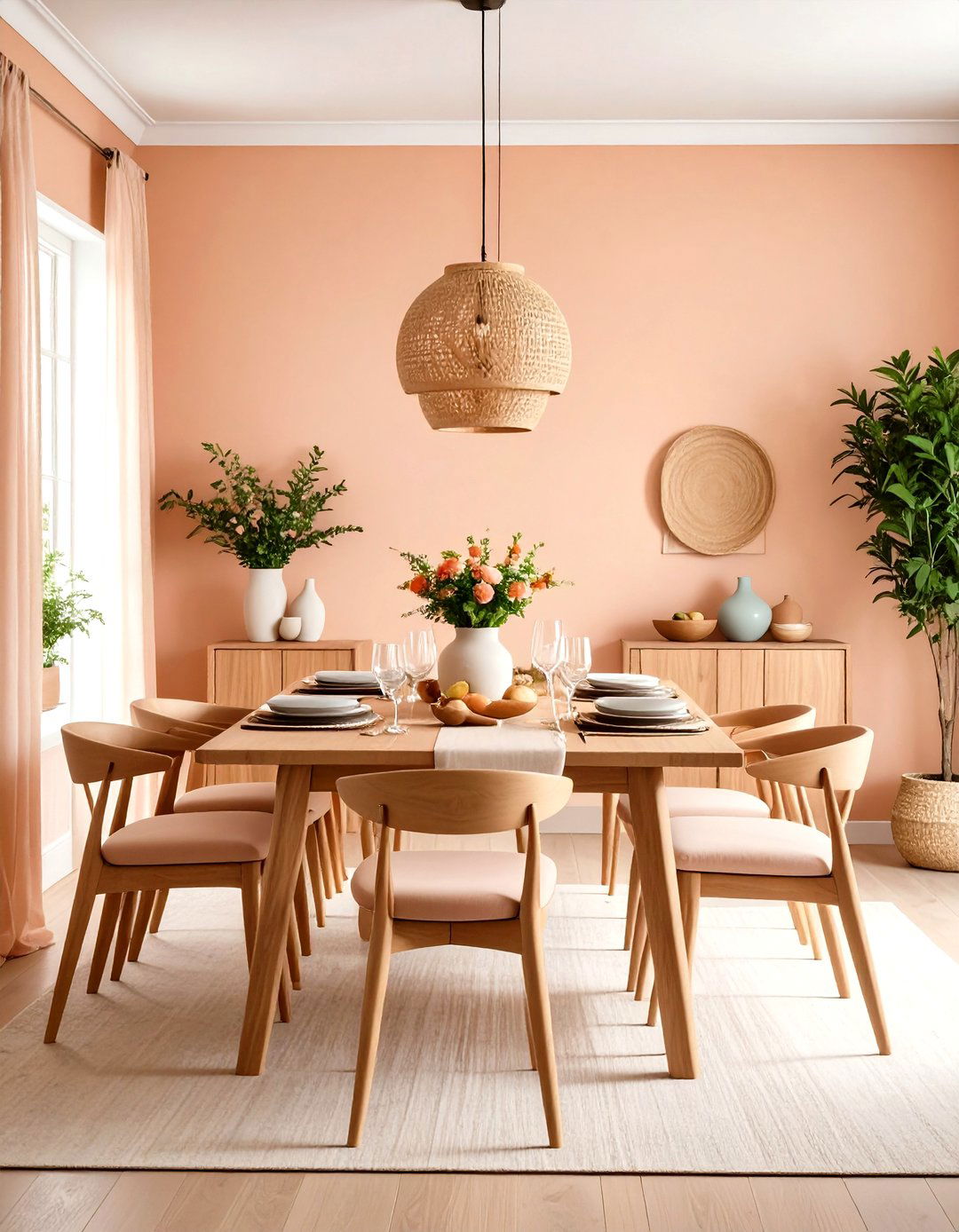
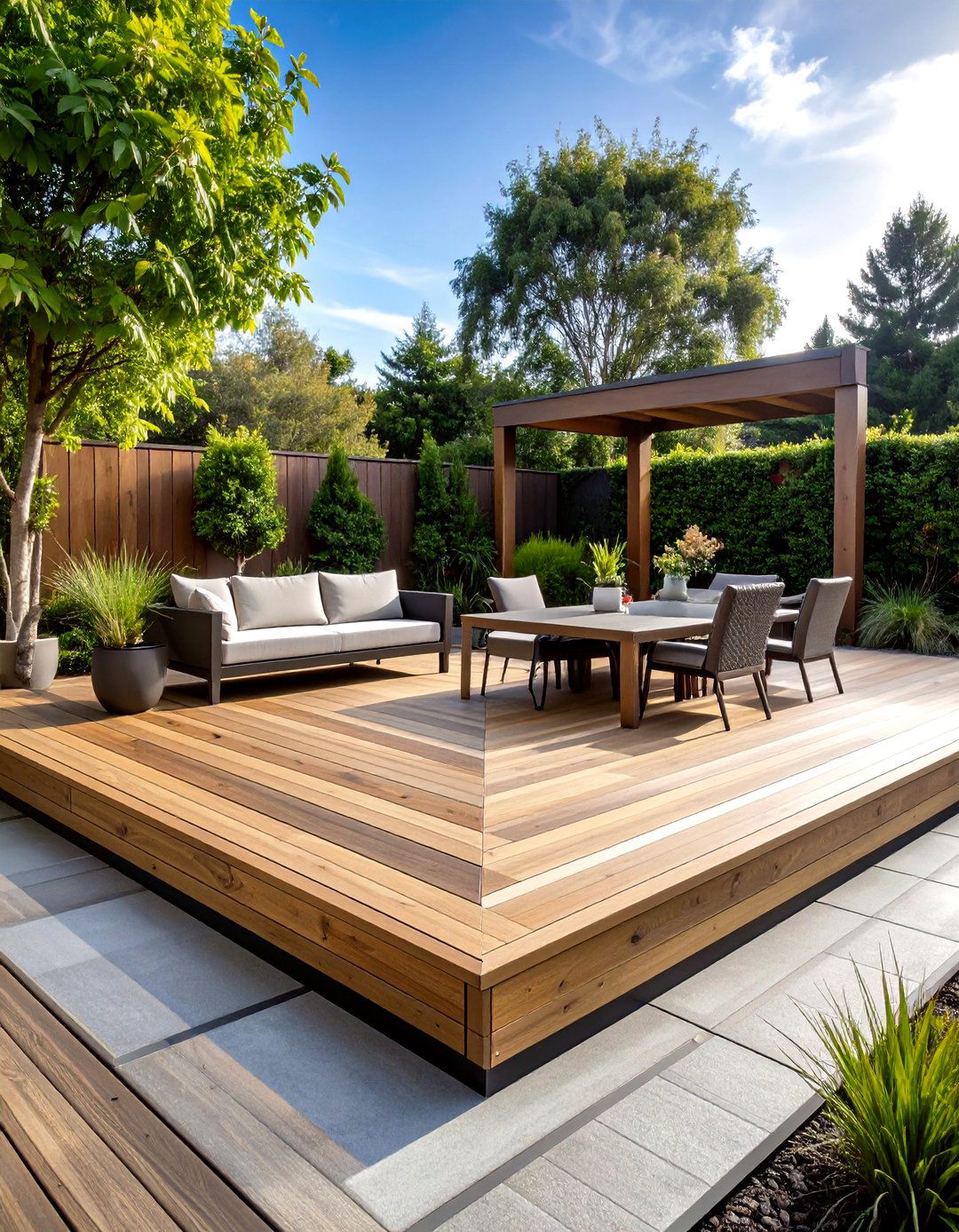
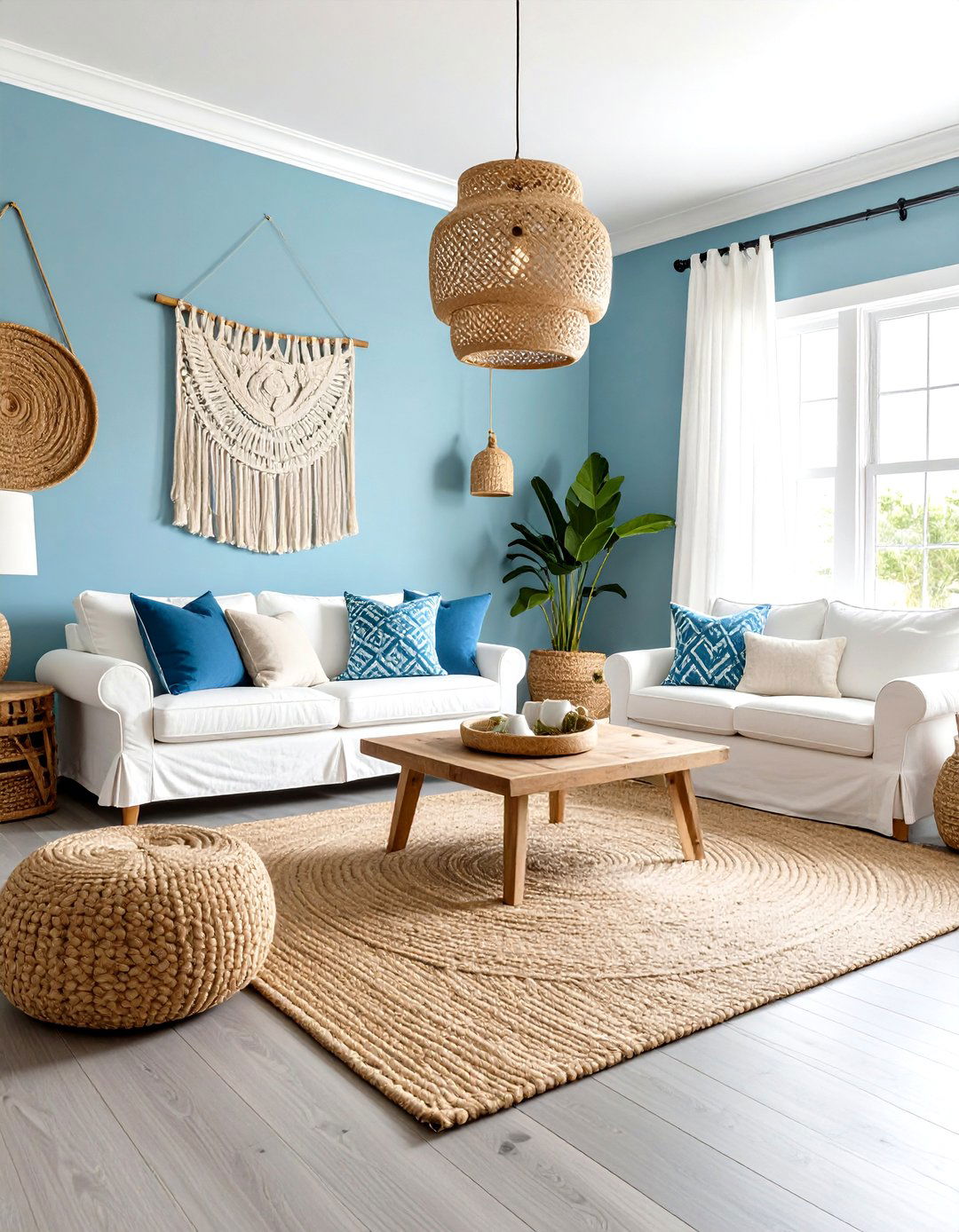
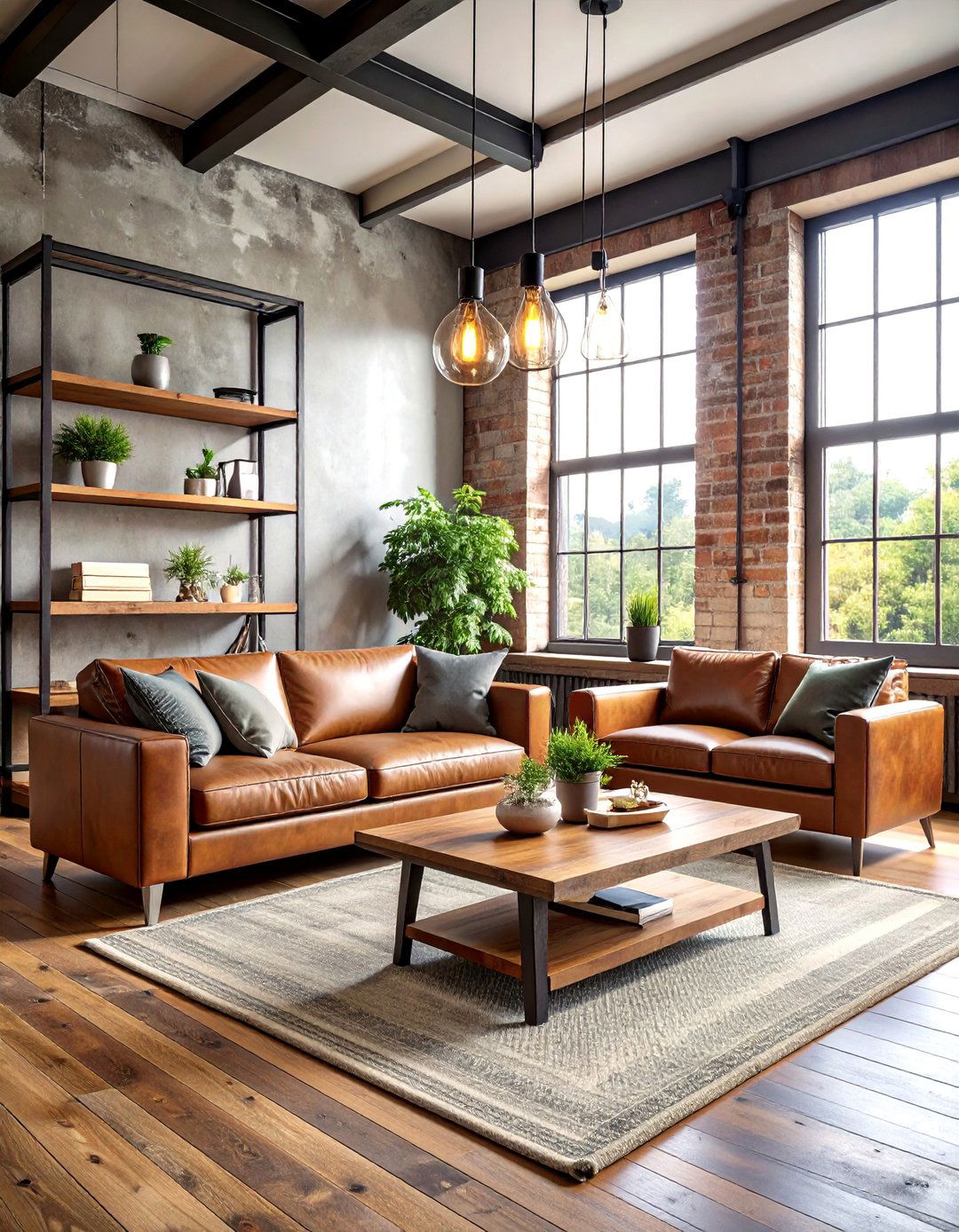

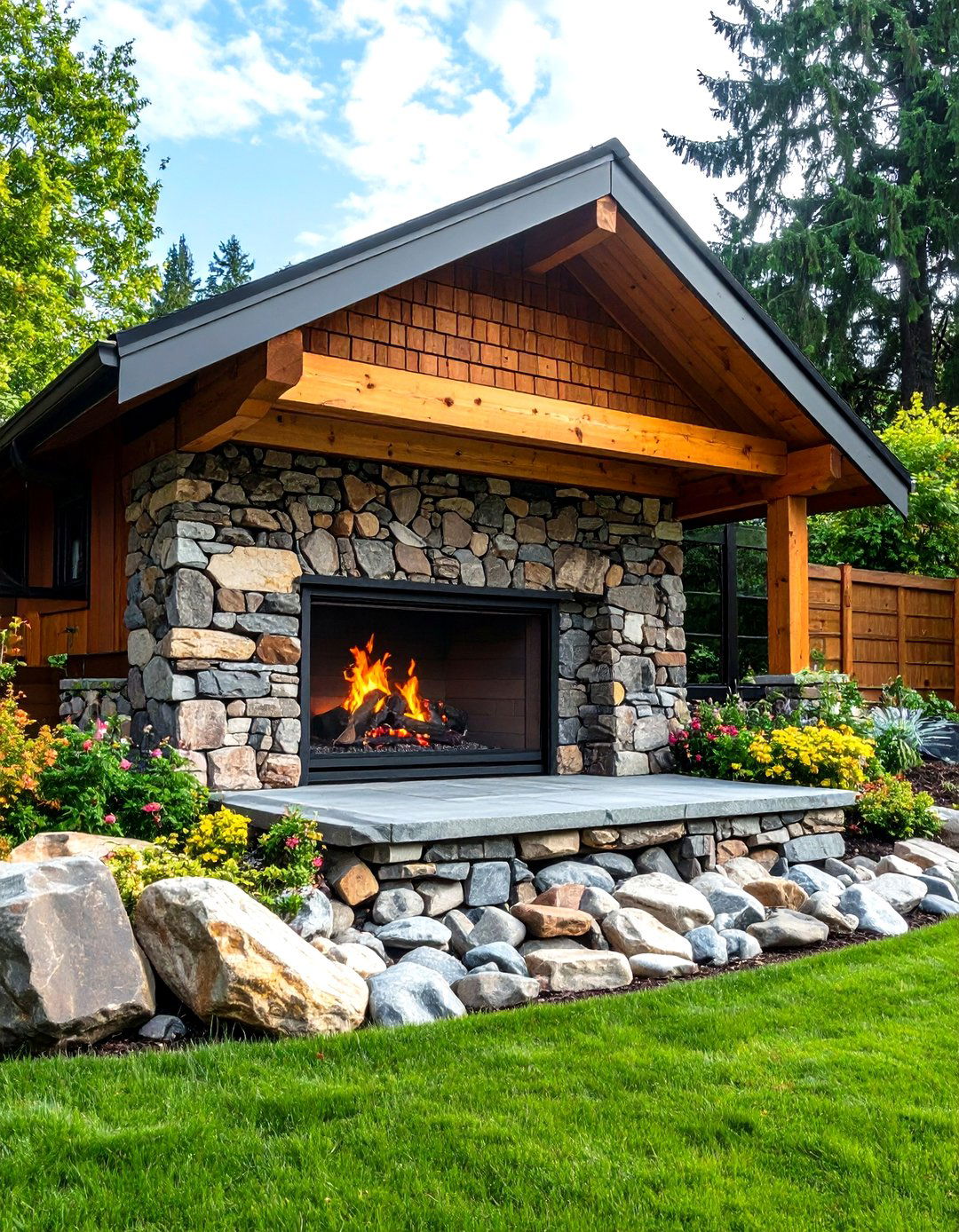

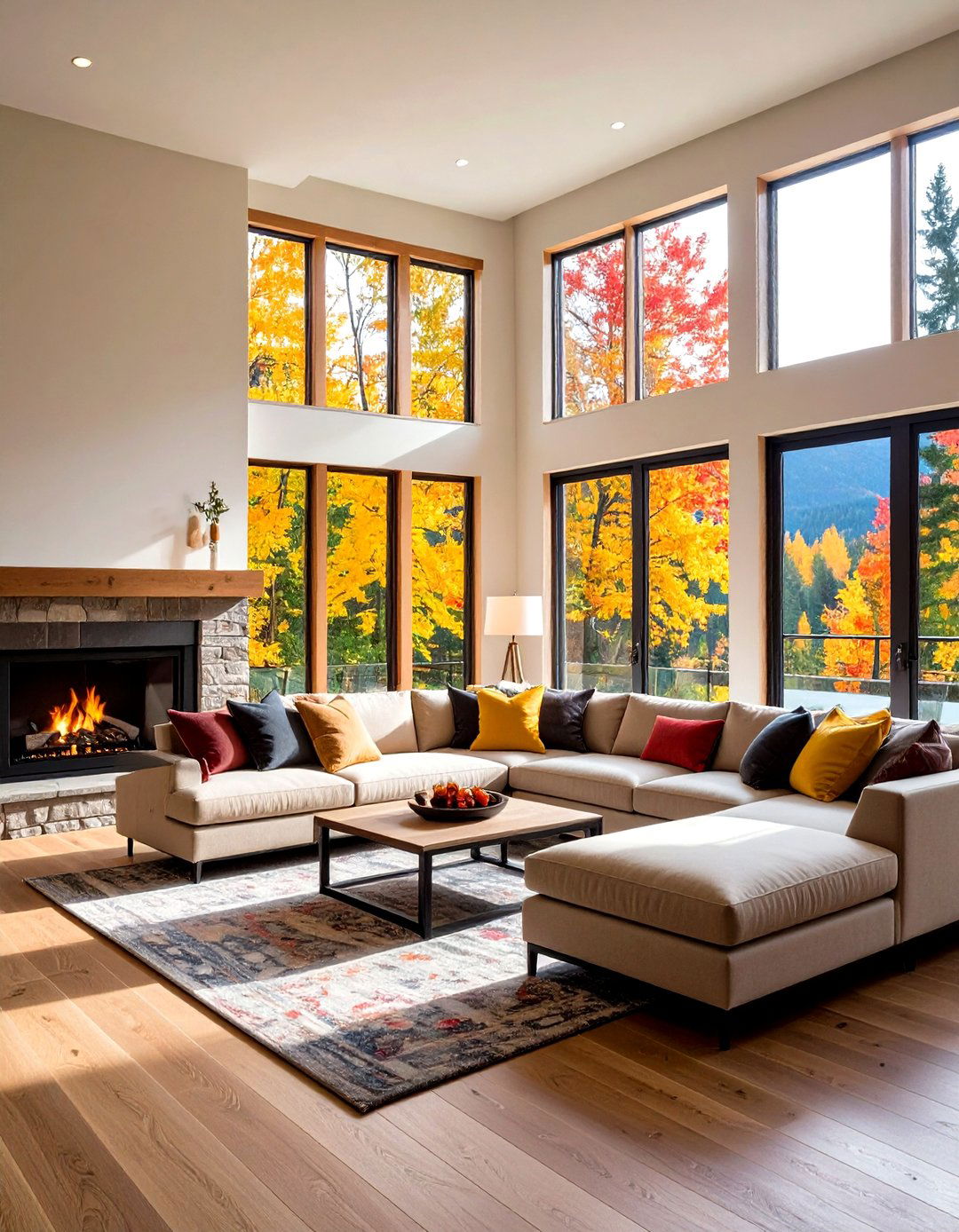
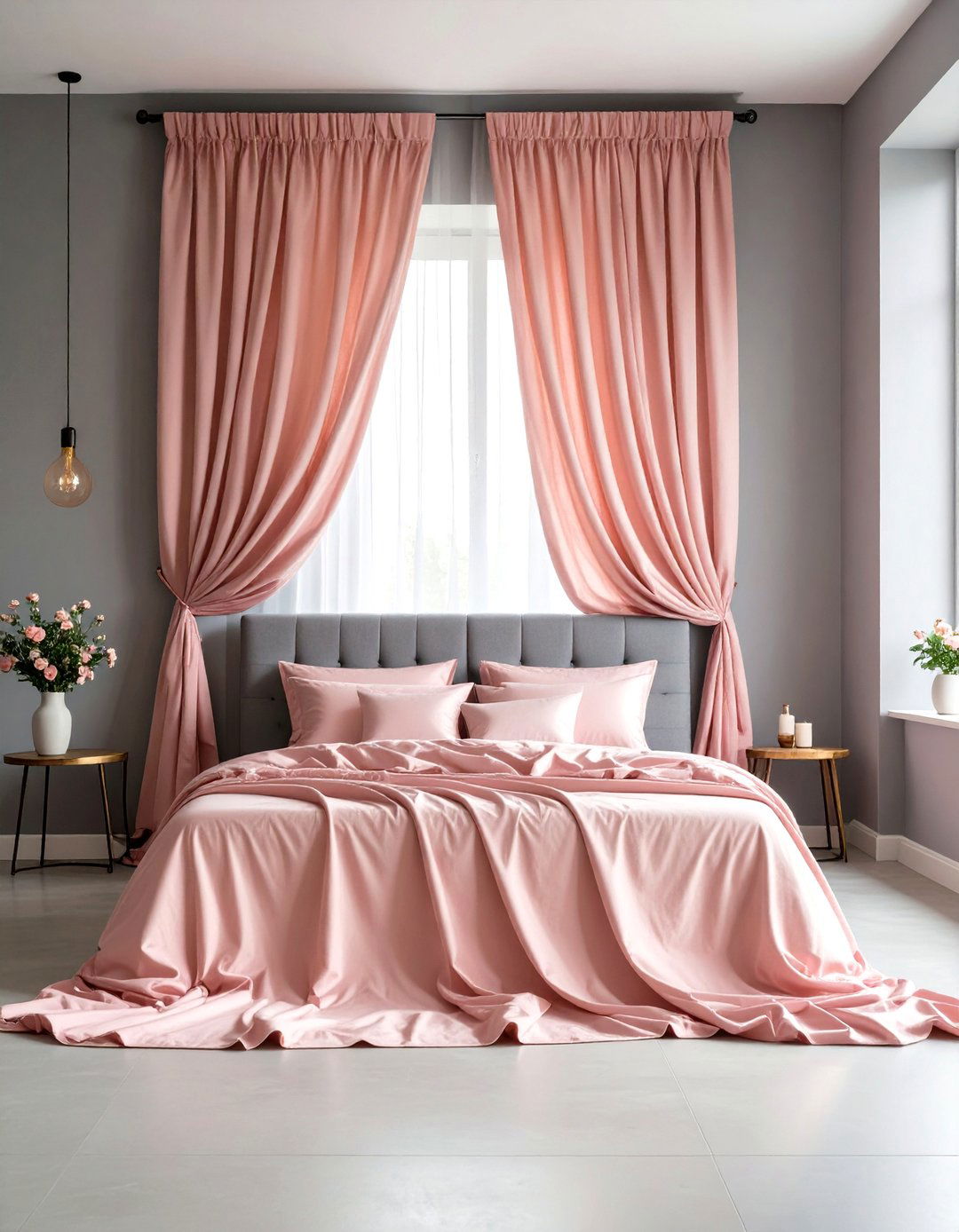
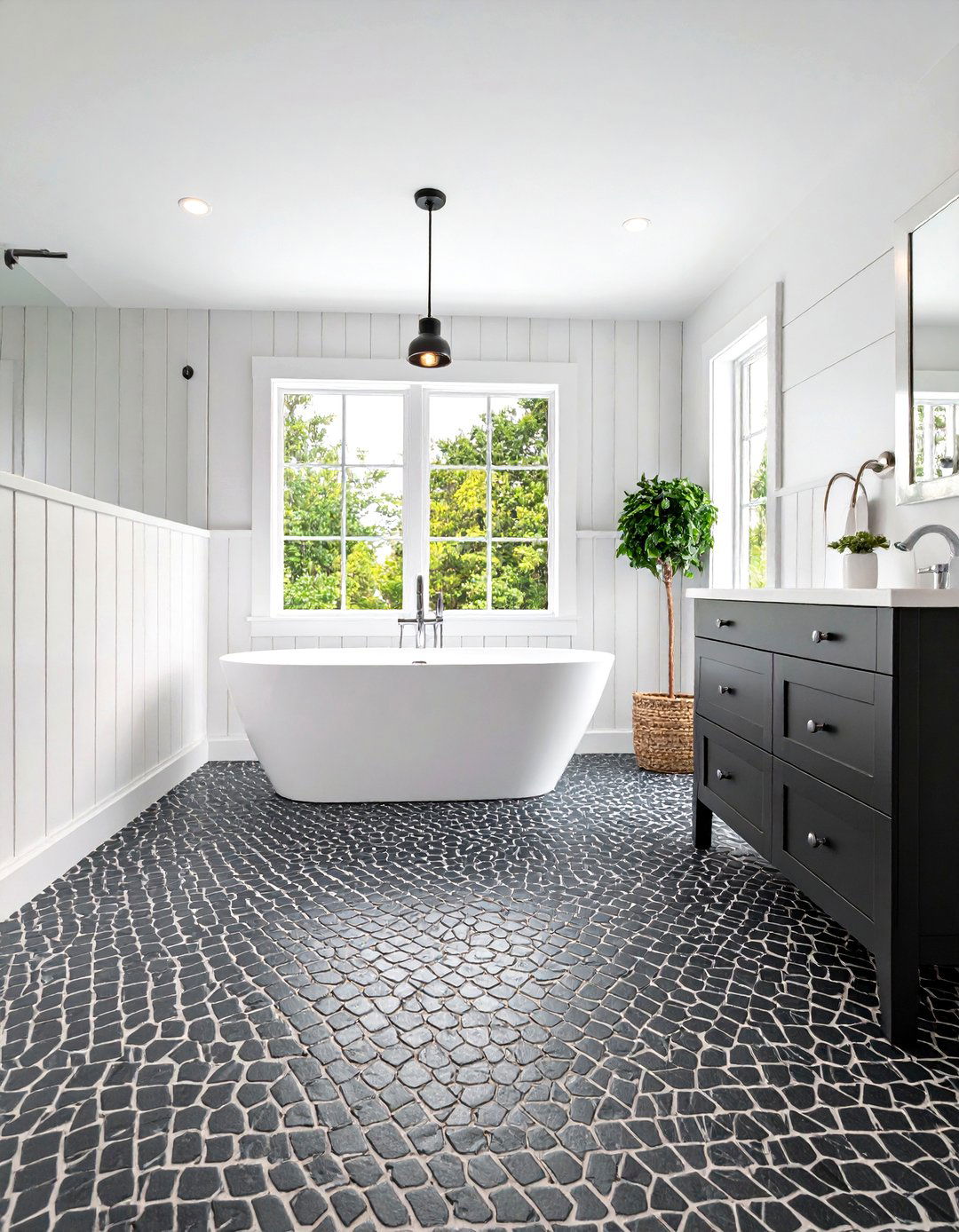
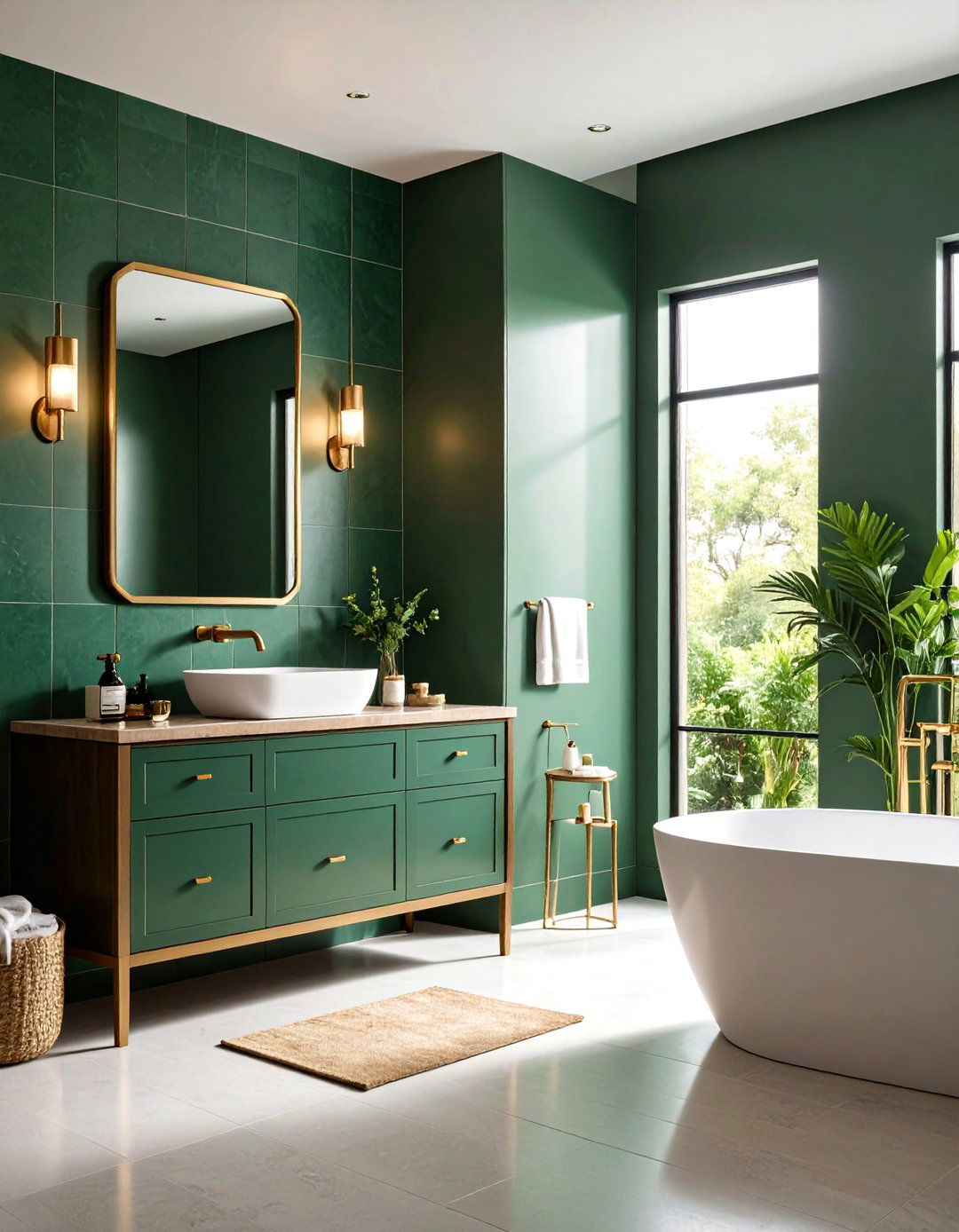
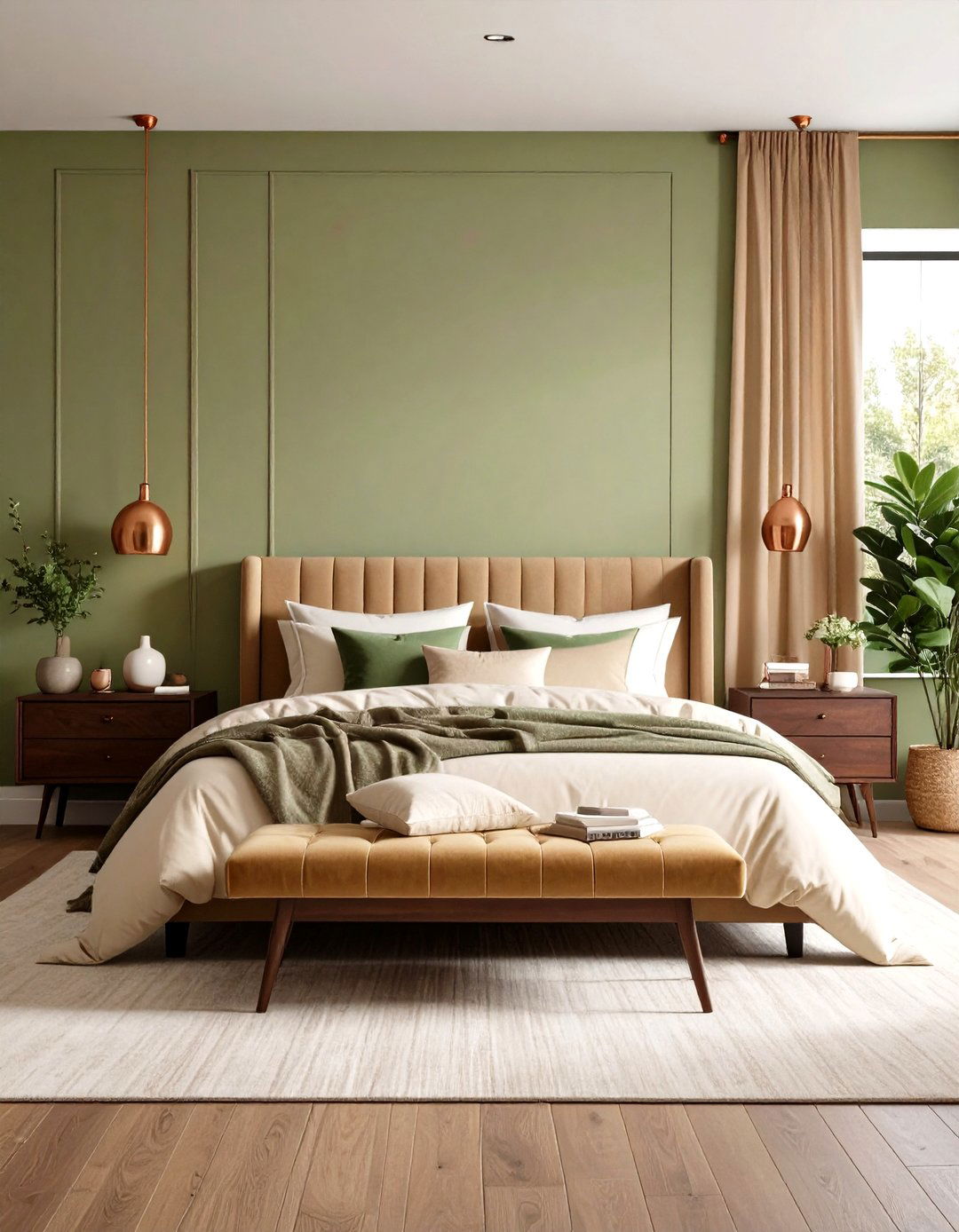
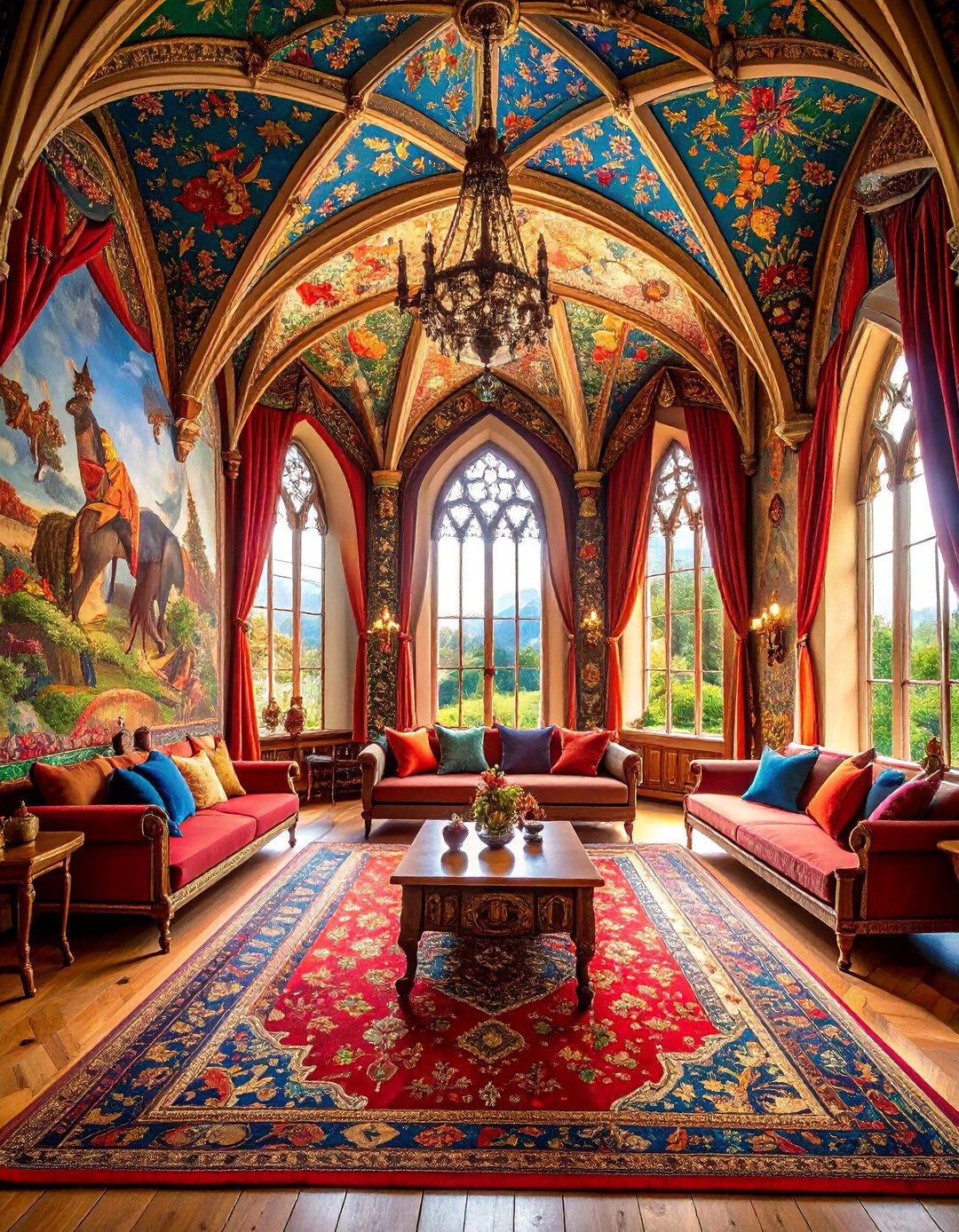

Leave a Reply